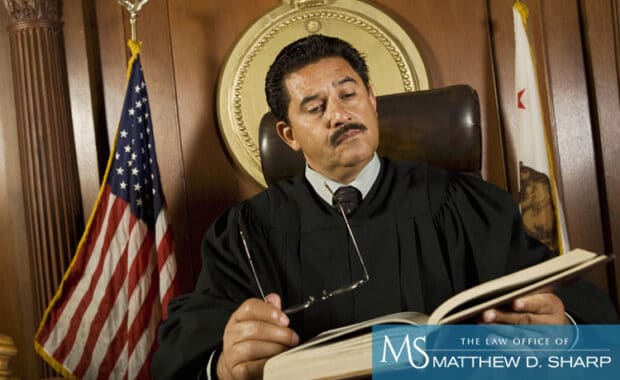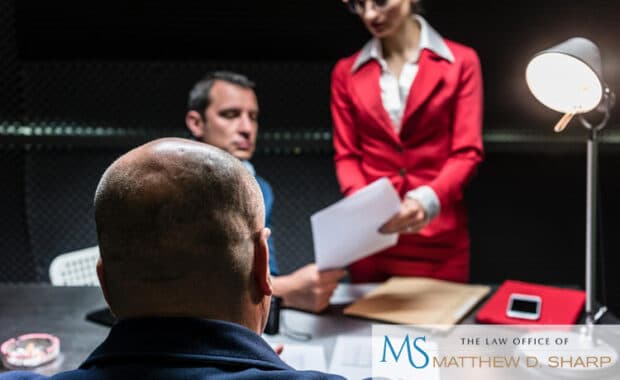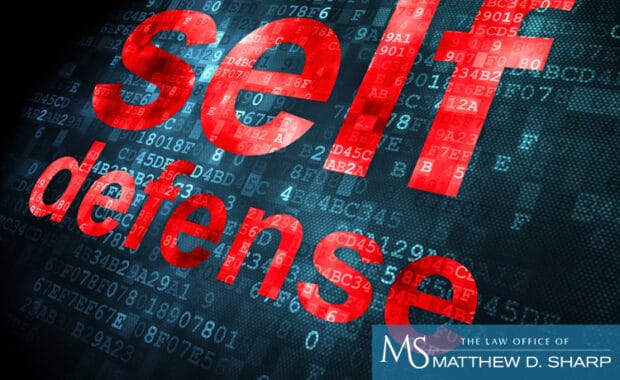During judicial proceedings, both sides in a criminal case can make requests to the judge. These are known as motions, and they can be made either verbally or in written format. Motions include such requests as a different date for a trial and even a dismissal of a case altogether.
Filing a Motion
Motions can be made before, during or even after a trial. The first stage of a motion involves giving notice to the other party of the intent to file a motion. However, there must be legal precedent and specific reasoning before a motion can be filed.
After a motion has been filed, there will be a hearing during which both sides can make arguments for or against the motion. Instead of filing a motion, both sides may agree to a stipulation; however, it will typically need to be approved by the judge. Additionally, defendants cannot have complete control over motions, especially those made during the middle of a trial.
Common Pretrial Motions
There are many different motions that can be made by the defense before a trial begins. These motions can significantly alter a defendant’s charges and may even have them dismissed. While there are many motions that can be filed, the following motions are the most common:
- Reduction of bail amount
- Dismissal of the case
- Detail of charges or particulars
- Reduction of charges
- Change of trial venue
- Dismissal of prior convictions
- Preservation of evidence for evaluation
- Disclosure of an informant’s identity
- Suppress available evidence
- Speedy trial
- Examination of law enforcement files
Common Trial Motions
As stated above, motions can also be made by both sides during a trial. One common motion in this case is to keep any inadmissible evidence out of court and away from the jurors. Another motion that can be made during a trial is to allow the jury and judge to view the crime scene.
For these motions to be approved, they must be supported strongly by the defense. If the prosecution calls for inadmissible evidence or testimony, the judge will typically order a motion to strike, which means that jurors must forget what they saw or heard. Finally, the defense can motion for dismissal of the prosecution’s evidence if they feel it was not strongly supported.
Common Post-Trial Motions
First of all, if the jury comes back with a “not guilty” verdict, the prosecution cannot retry the case under any circumstances. However, if the jury returns with a guilty verdict, the defense can file numerous post-trial motions. The most common motion of all in this case is to overturn the jury’s verdict.
A motion to overturn the jury’s verdict is rarely ever granted though. There are other options for defendants in this instance, and they are to request another trial or to appeal to a higher court. These requests may or may not be approved by the judge.
For additional information about criminal procedure and motions, schedule a consultation with The Law Office of Matthew D. Sharp at 713-868-6100.




